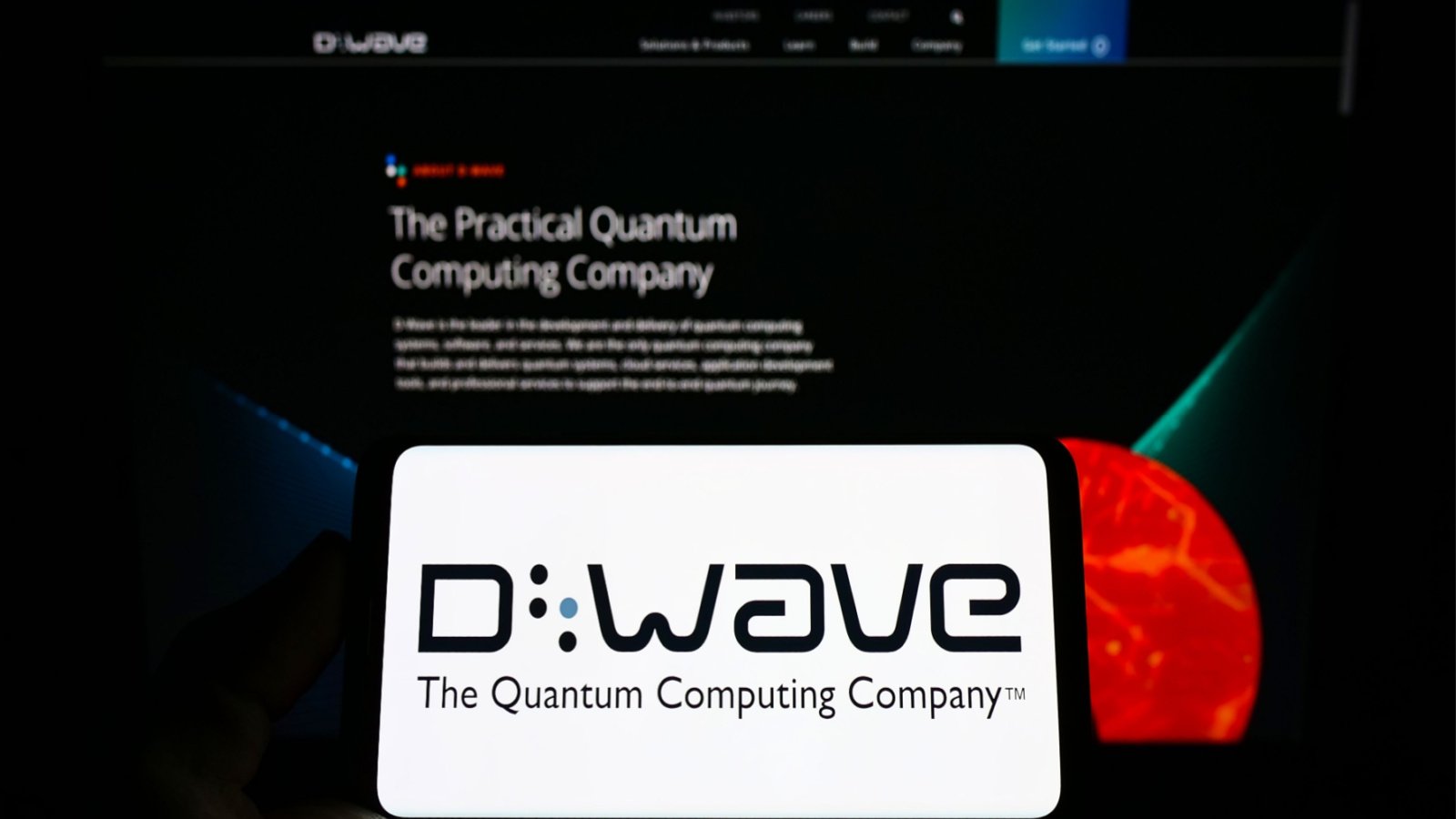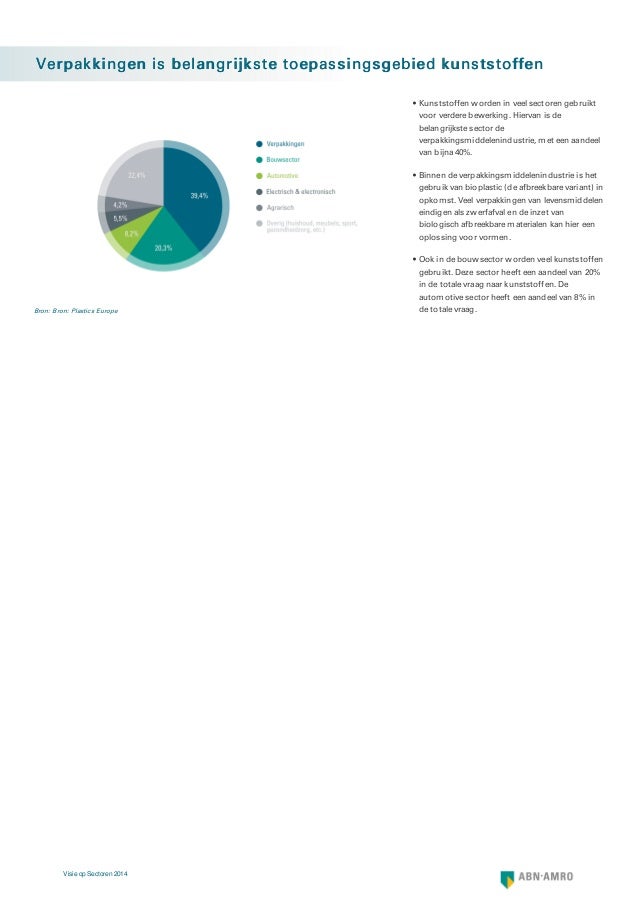D-Wave Quantum (QBTS) Revolutionizes Drug Discovery With AI-Powered Quantum Computing

Table of Contents
The Computational Bottleneck in Drug Discovery
The process of bringing a new drug to market is notoriously long and expensive, partly due to the immense computational resources required. Tasks like molecular simulations, protein folding prediction, and virtual screening demand enormous processing power and time. Classical computing, while powerful, often falls short in handling the complexity of these problems. The limitations are significant:
- High computational costs: Running extensive simulations on classical supercomputers can be prohibitively expensive.
- Long simulation times: Simulating the behavior of even relatively small molecules can take days, weeks, or even months.
- Limited accuracy in predicting drug efficacy and toxicity: Classical methods often struggle to accurately predict how a drug will interact with its target and the potential side effects.
- Challenges in handling large datasets: The sheer volume of data generated in drug discovery (genomic data, chemical structures, experimental results) overwhelms the capacity of classical computing systems.
These limitations highlight the urgent need for innovative computational approaches in computational drug discovery, a need that D-Wave Quantum is actively addressing.
D-Wave Quantum Computing: A Novel Approach
D-Wave's quantum computers utilize a unique approach called quantum annealing. Unlike gate-based quantum computing, which manipulates qubits using logic gates, quantum annealing exploits the principles of quantum mechanics to find the lowest energy state of a system, providing solutions to complex optimization problems. This is particularly advantageous for drug discovery because many critical problems, such as finding the optimal drug candidate from a vast chemical space, can be formulated as optimization problems. The benefits of D-Wave's quantum annealing for drug discovery include:
- Superior performance for optimization problems: Quantum annealing excels at finding optimal solutions within complex, high-dimensional search spaces.
- Potential to accelerate molecular simulations significantly: By leveraging quantum effects, D-Wave's technology can potentially drastically reduce the time required for complex molecular simulations.
- Improved accuracy in predicting drug interactions: Quantum simulations can provide a more accurate representation of molecular interactions, leading to better predictions of drug efficacy and toxicity.
- Ability to handle larger datasets than classical methods: D-Wave's systems can potentially process larger and more complex datasets than classical algorithms.
AI's Synergy with Quantum Computing in Drug Discovery
The power of D-Wave's quantum computers is further amplified when combined with artificial intelligence (AI). AI algorithms, particularly machine learning, deep learning, and reinforcement learning, can be used in conjunction with D-Wave's technology to enhance various stages of the drug discovery workflow. For example:
- Machine learning for drug target identification: AI can analyze vast biological datasets to identify promising drug targets.
- Deep learning for predicting drug efficacy and toxicity: Deep learning models can be trained on large datasets to predict the effectiveness and potential side effects of drug candidates.
- Reinforcement learning for optimizing drug design: Reinforcement learning algorithms can be used to iteratively optimize drug molecules, improving their properties.
This synergy leads to:
- Increased efficiency in drug design and development: Combining AI and quantum computing streamlines the drug discovery process, saving time and resources.
- Reduced costs associated with experimental trials: More accurate predictions reduce the need for costly and time-consuming experimental validation.
- Improved prediction accuracy through AI-enhanced quantum simulations: The combination of AI and quantum computing yields more precise and reliable predictions.
Real-World Applications and Case Studies
D-Wave's quantum computing technology is already finding real-world applications in the pharmaceutical industry. While specific details from collaborations are often confidential due to competitive pressures, the potential impact is evident in the increasing number of research projects exploring these technologies. Successful applications showcase:
- Faster identification of potential drug candidates: Quantum-enhanced screening methods drastically reduce the time needed to identify promising leads.
- Improved prediction of drug efficacy and side effects: More accurate predictions minimize the risk of developing ineffective or harmful drugs.
- Reduced time and cost in the drug development process: The overall drug development lifecycle can be significantly shortened, accelerating the availability of new therapies.
These examples demonstrate the growing impact of D-Wave Quantum (QBTS) on the landscape of pharmaceutical research.
The Future of Drug Discovery with D-Wave Quantum (QBTS)
D-Wave Quantum (QBTS) and AI-powered quantum computing offer a transformative approach to drug discovery. By overcoming the computational limitations of classical methods, this technology promises to accelerate the development of new treatments for a wide range of diseases. The potential future applications and research directions are vast, spanning personalized medicine, the development of novel antibiotics, and breakthroughs in understanding complex biological systems.
To learn more about how D-Wave Quantum (QBTS) is revolutionizing drug discovery through AI-powered quantum computing, visit the D-Wave website [insert link here] and explore their published research [insert link here]. The future of drug discovery is quantum, and D-Wave is leading the charge.

Featured Posts
-
 Reactie Geen Stijl Op Abn Amro Rapport Zijn Nederlandse Huizen Wel Betaalbaar
May 21, 2025
Reactie Geen Stijl Op Abn Amro Rapport Zijn Nederlandse Huizen Wel Betaalbaar
May 21, 2025 -
 Is The Trans Australia Run World Record About To Fall
May 21, 2025
Is The Trans Australia Run World Record About To Fall
May 21, 2025 -
 Office365 Data Breach Millions In Losses Hacker Indicted
May 21, 2025
Office365 Data Breach Millions In Losses Hacker Indicted
May 21, 2025 -
 Is Big Bear Ai Stock Right For Your Portfolio
May 21, 2025
Is Big Bear Ai Stock Right For Your Portfolio
May 21, 2025 -
 Could This Attempt Break The Trans Australia Run World Record
May 21, 2025
Could This Attempt Break The Trans Australia Run World Record
May 21, 2025
